SRA TrueCoreTM spinal stabilization exercises focus on intersegmental strength first, not multi-segmental or multi-regional muscle strength. Intersegmental strength focuses on four key muscles of the spine that are half muscle fibers and half mechanoreceptors. They are so small that they cannot actually move one vertebra in relation to another. Maybe muscle, not really muscle, too small to do work... Why do we even have them in the mix of paraspinal support?
“Hamstrung” by a C4R Spondylogenic Reflex
What Do a Runner, 62 Year Old Male with Chronic Foot Pain, and a 93 Year Old Female with a Rotator Cuff Tear Have in Common?
The following 3 brief case studies illustrate the variety in ages, conditions and histories of three individuals receiving Advanced SRA/SRT Treatment Protocols and their relatively universal response to this form of care. These cases also illustrate the primary reason for certification in SRA and SRT evidenced based procedures: predictable, dependable and reproducible outcomes.
The One Solution to Pain Management Every Practice Is Missing
Hello, my name is Dr. Frank Jarrell. Welcome to the SRI Blog. As the SRI family of educational services and products matures into a set of standardized solutions for healthcare professionals, there are many questions to be asked and many answers to be shared about spondylogenic reflex syndromes (SRS).


